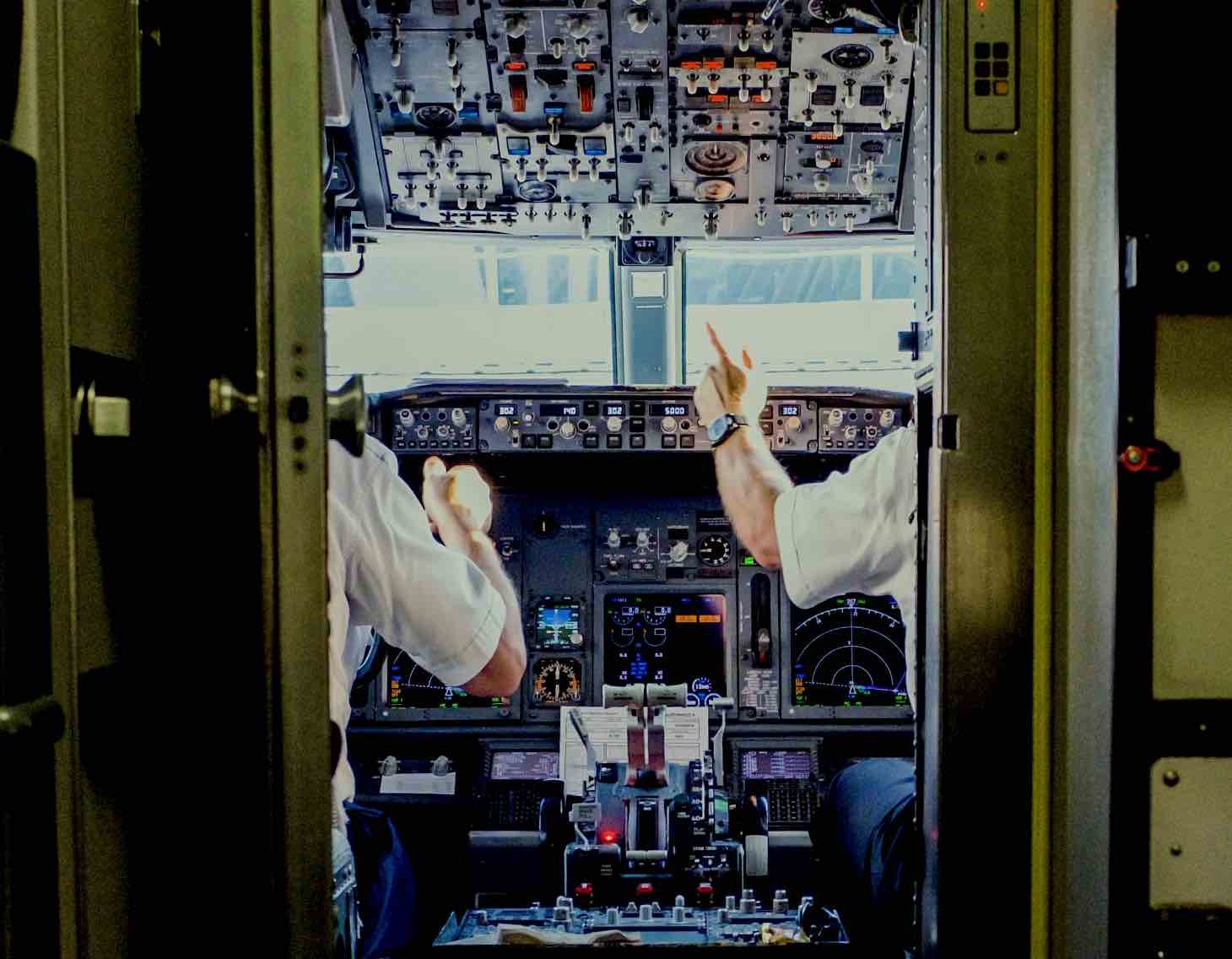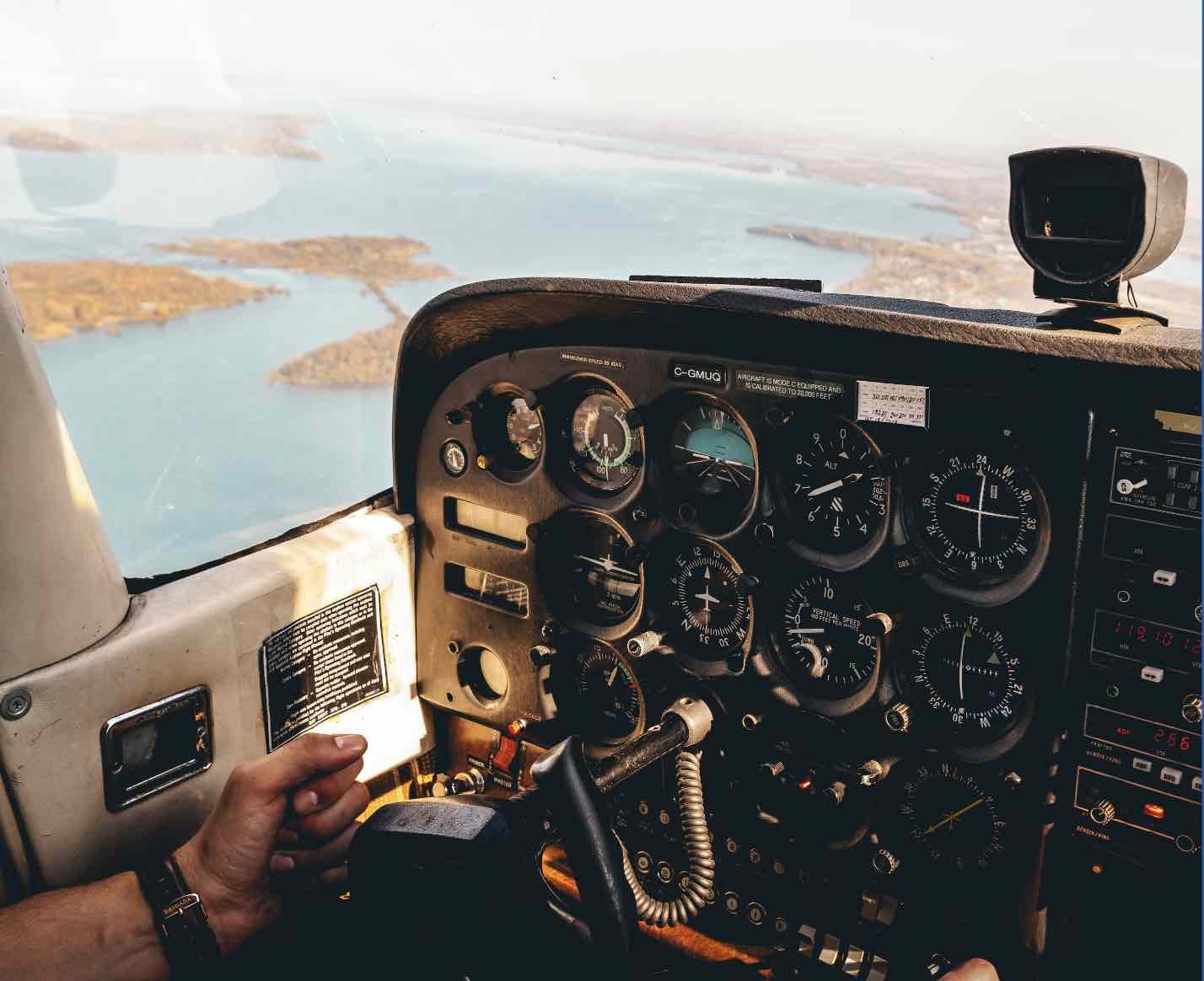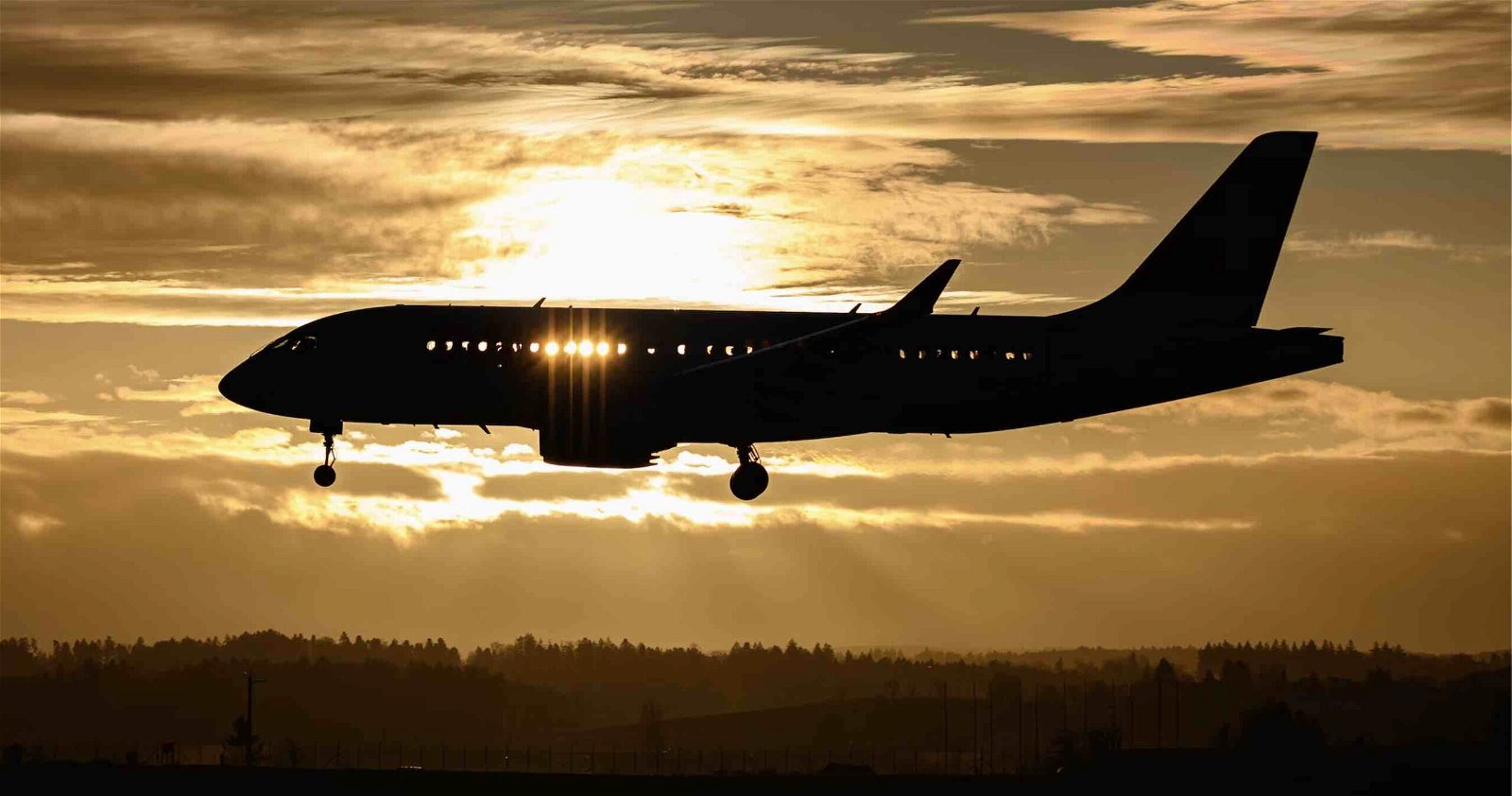A new bipartisan bill, the Safe Airspace for Americans Act, has been introduced to encourage reporting of sightings of unidentified anomalous phenomena (UAP) by pilots and other civilian aviation personnel and offer legal protection against repercussions from sharing their sightings.
The bill, introduced by Congressman Robert Garcia (D-CA) and Congressman Glenn Grothman (R-WI), will help to facilitate reporting of UAP sightings by civilian aircrew, air traffic controllers, flight attendants, maintenance workers, dispatchers, and airlines to the Federal Aviation Administration (FAA).
The FAA will also be required to collect data and conduct investigations into UAP reports it receives under the bill’s provisions, after which the information is to be shared with the DoD’s All-domain Anomaly Resolution Office (AARO).
Significantly, the legislation also aims to provide legal protections for pilots against possible retaliations that may result from reporting their UAP sightings, such as medical disqualifications or cease-and-desist notifications from airlines.
“UAP transparency is incredibly important for our national security, which is why we need to create a space where those working in aviation have the ability to report their findings and experiences,” Congressman Garcia said in a statement.
Calling the bill “another step forward for disclosure,” Garcia added that the newly proposed legislation will offer a safe means by which civilian and commercial aviation personnel may report UAP sightings.
“UAPs continue to raise serious questions and pose a unique risk to our national security,” Congressman Grothman said, calling the Safe Airspace for Americans Act “a crucial initiative that empowers those on the frontline of our skies to contribute valuable intelligence regarding UAP sightings that can help ensure that potential threats are thoroughly investigated.”
Grothman, currently the Chairman of the Subcommittee on National Security, the Border, and Foreign Affairs, added that the bipartisan effort “highlights our need for transparency from the federal government regarding UAPs to better protect the safety and security of American citizens.”
The text of the bill was made available on Thursday and can be read online.


Sighting reports of UAP by civilian pilots have long been impeded by fears of possible consequences despite their significance to aviation safety.
In one recent incident The Debrief learned of, a pilot flying over Maryland in December 2023 reported observing a 30-foot-tall triangular object during his final approach to Frederick Municipal Airport. The sighting prompted a follow-up call with ATC supervisors, who had reportedly expressed concerns about the incident.
The Debrief contacted Frederick Municipal Airport and the FAA for comment about the 2023 incident, but no responses have been received at this time.
Last July, former U.S. Navy pilots Ryan Graves and David Fravor participated in a Congressional hearing held by the Subcommittee on National Security, the Border, and Foreign Affairs, portions of which addressed both U.S. military and commercial pilot sightings of UAP and their potential safety ramifications.
In an email to The Debrief on Thursday, Graves expressed his support for the new bill, criticizing the current lack of data being collected from pilots.
“I’m thrilled that Reps. Garcia and Grothman are taking this issue seriously,” Graves told The Debrief, “and standing with commercial pilots as a key way to solve this mystery.”
Graves, who is now the Executive Director of Americans for Safe Aerospace (ASA), a nonprofit organization focused on UAP that boasts more than 11,000 members, said that data obtained from pilot observations of UAP is “essential to driving disclosure,” calling it “a disservice to our national security, to aviation safety, and science to ignore pilots and overlook UAP as a significant domain awareness gap.”
The newly introduced Safe Airspace for Americans Act also seeks to strengthen the use of the Aviation Safety Reporting System (ASRS), a publicly searchable database of potential aviation safety hazards maintained by NASA on behalf of the FAA, along with directing the establishment of “a new and separate system similar to such Program” for collecting pilot UAP reports.
Last August, The Debrief reported on several incidents involving UAP submitted by pilots and aviation personnel to the ASRS. Currently, data collected by the program is used to help mitigate potential problems and provides support for policy formulation, planning, and improvement in the National Aviation System (NAS). The program also works to enhance the FAA’s understanding of human factors related to safety research.
Previous reporting by The Debrief has already revealed numerous pilot observations of UAP—some involving encounters at close range that potentially posed flight safety risks—that have been reported to the ASRS in years past.
According to one incident report from April 2023 that The Debrief uncovered in the ASRS database, the pilot stated that the phenomena they observed did not register on the aircraft’s Traffic Alert and Collision Avoidance System (TCAS II), the system aviators rely on for instructions on the avoidance of traffic conflicts.
The phenomena, according to the ASRS report on the incident, “represents a significant threat to our operation given the potential for a mid-air collision without the ability to react,” the pilot stated.


Presently, groups like Americans for Safe Aerospace have called for improvements in the way confidential and direct UAP reports can be filed by civilian aviation personnel, similar to recent improvements to UAP reporting mechanisms for military pilots and other government personnel. Graves’ organization has also worked directly with civilian pilot UAP witnesses through the witness program his own group provides.
The Safe Airspace for Americans Act would be the first legislation aimed at helping to facilitate the ASRS as an official reporting mechanism for such incidents.
Prior to 2021, the FAA did not officially acknowledge that it even collected UAP reports. A statement on the agency’s website instructed pilots to submit their UAP sightings to civilian organizations like the National UFO Reporting Center.
In August 2021, The Debrief was the first to obtain a statement from the FAA acknowledging that the agency does, in fact, collect some information on UAP sightings made by commercial pilots.
“The Federal Aviation Administration documents Unidentified Aerial Phenomenon (UAP) sightings whenever a pilot reports one to an air traffic control facility,” an FAA spokesperson told The Debrief in 2021, responding to our inquiries. “If the pilot report can be corroborated with supporting information such as radar data, it is shared with the UAP Task Force.”
In his email to The Debrief, Graves expressed his disapproval of such attitudes that have not only imposed stigmas that prevented UAP reporting from pilots but also impeded the collection of data that could potentially be crucial to help broaden our understanding of these phenomena.
“Why wouldn’t the government—in particular, the FAA—want to know about UAP when we have credible, highly trained witnesses in commercial pilots seeing phenomena that they can’t identify, or in some cases, is behaving anomalously?” Graves told The Debrief.
“It doesn’t make sense,” he added.
Micah Hanks is the Editor-in-Chief and Co-Founder of The Debrief. He can be reached by email at micah@thedebrief.org. Follow his work at micahhanks.com and on X: @MicahHanks.

